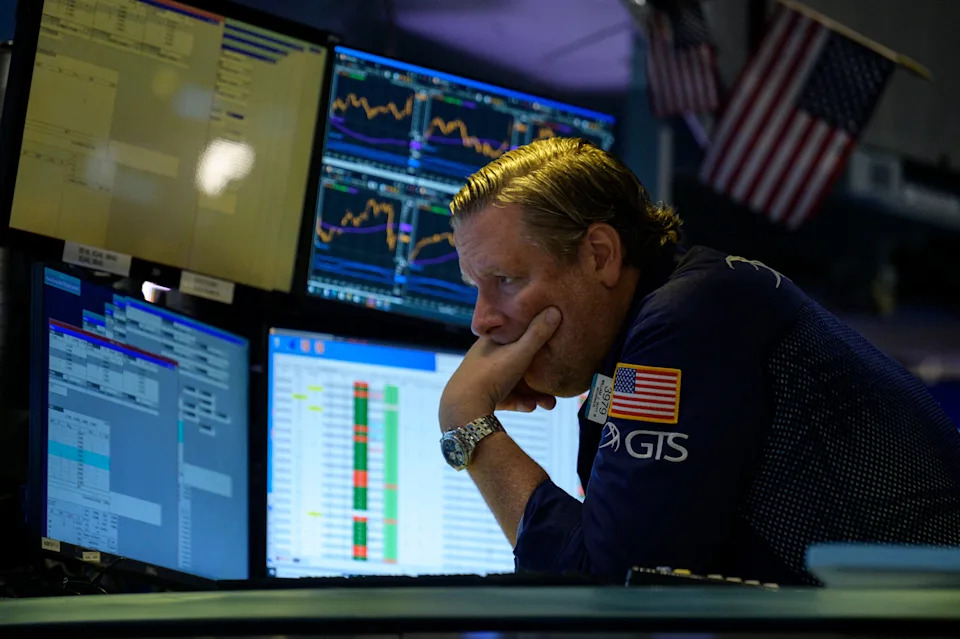
Seeing red again: Stocks plummet after White House says China tariffs are actually 145%

Stocks are seeing red again.
After Wednesday's historic gain , US indexes were back in sell-off mode on Thursday, with the Dow Jones Industrial Average shedding 2,181 points at its intraday low before paring gains ahead of the close.
The volatile trading swings had other indexes also experiencing whiplash. The S&P 500 fell as much as 6% before paring those losses to 3%, while the Nasdaq-100 plunged as much as 7% before paring its losses to about 4%.
Here's where indexes stood at the 4 p.m. ET. closing bell on Thursday:
Despite President Donald Trump's 90-day pause of reciprocal tariffs, which offers a reprieve from the trade war, investors are still focused on the high tariff rate on goods from China.
Tech led the market lower shortly before midday, with many of Wednesday's highfliers tumbling sharply.
As of 4:00 p.m.
The White House said on Thursday that the total combined tariff rate for China — initially thought to be 125% — was 145%.
Meanwhile, a 10% universal tariff still applies to most countries.
Bond yields also reversed course after dropping earlier in the day. The 10-year Treasury yield was up about six basis points to 4.41%.
Here were some other big moves in markets on Thursday:
The bond market turmoil and a steep run-up in yields appeared to help push the president to pause most tariffs.
The sharp decline on Thursday came after the S&P 500 saw one of its biggest daily gains ever, rising nearly 10% after Trump delayed his reciprocal tariffs for most countries for 90 days.
But the pause was not enough to erase fears over the deepening trade conflict with China.
An analysis by JPMorgan found the average effective tariff rate increased on Wednesday despite the 90-day delay, driven by the sky-high tariffs on China.
"In static terms, today's moves would actually increase the average effective tariff rate from 23% to 25%," the JPMorgan economist Michael Feroli said in a Wednesday note.
Feroli's analysis was based on the assumption that China's tariff rate was 125%, not 145%, meaning the effective tariff rate is even higher than JPMorgan's estimate.